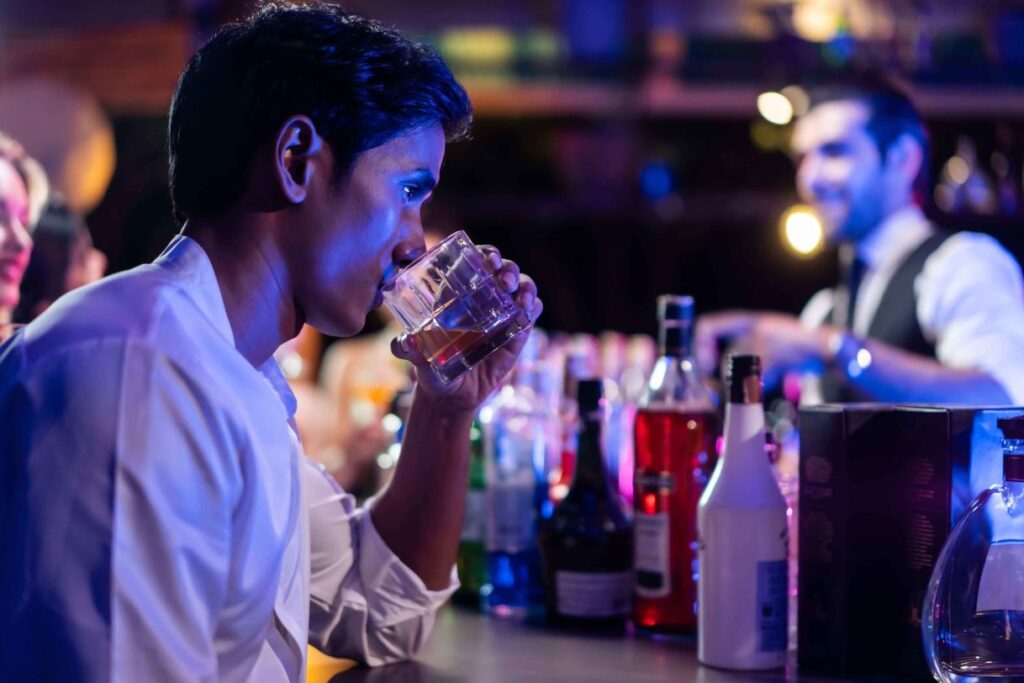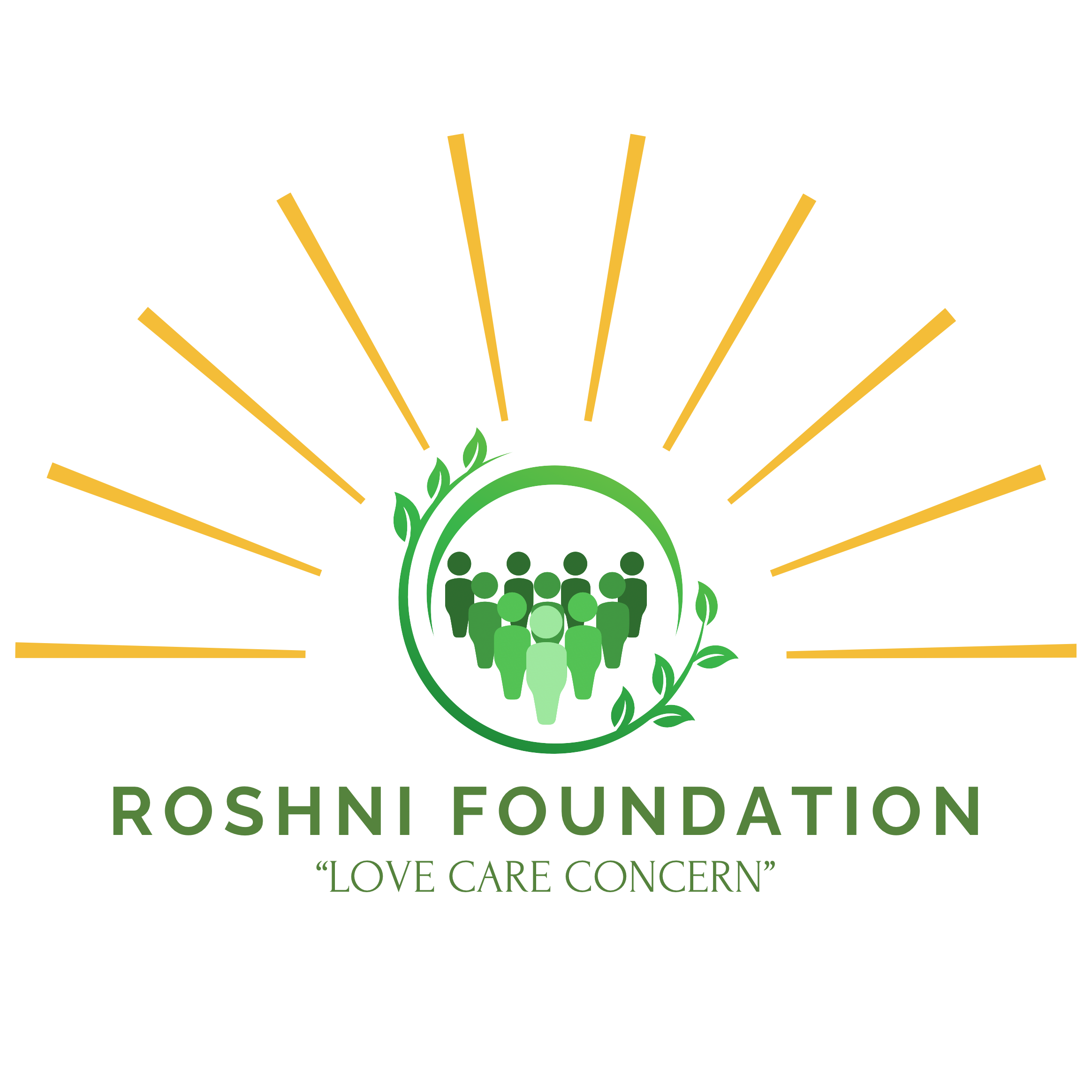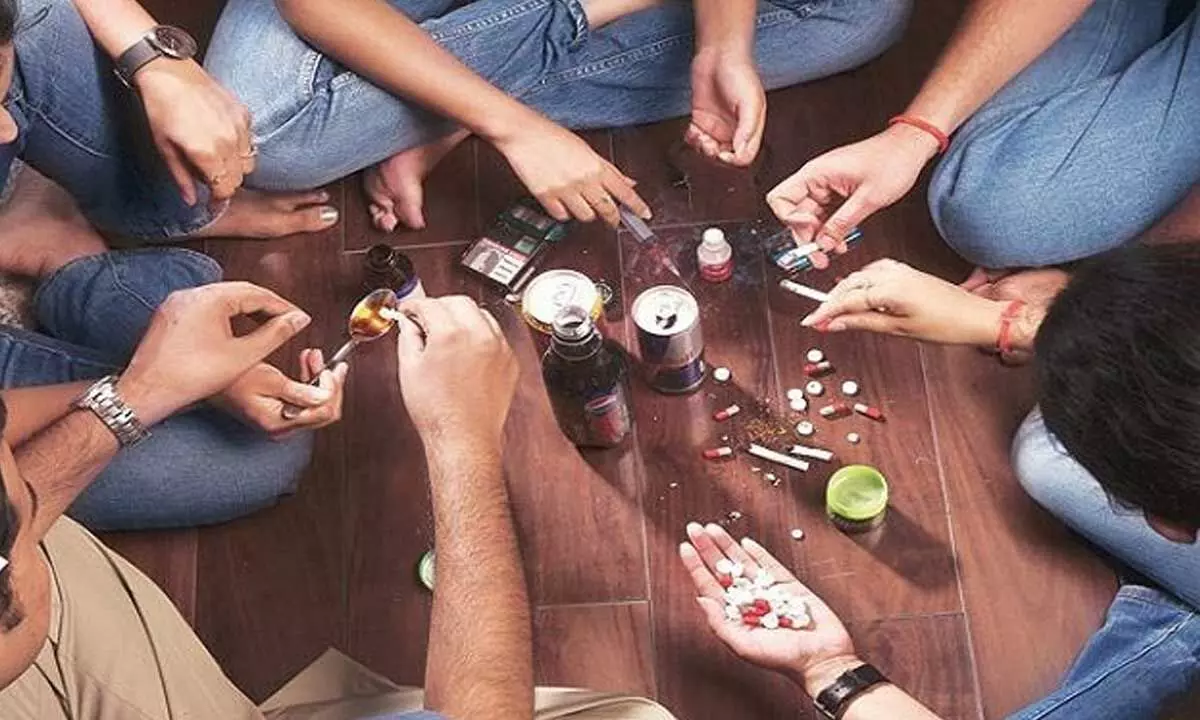India’s teenage population is vast, energetic, and ambitious—but it also faces increasing pressure from academic competition, social influences, and mental health struggles. Among these challenges, teenage drug abuse in India has quietly emerged as a growing concern. According to government and private health reports, substance use among adolescents is on the rise, with early exposure to drugs and alcohol leading to long-term damage.
At Roshni Foundation, known as one of the best rehab centre facilities for youth in the country, we emphasise the power of early intervention. Addressing addiction in its early stages can help teens recover faster, avoid chronic dependence, and restore their potential for a healthy life. In this article, we’ll explore the causes, signs, and solutions to teenage drug abuse in India—and why timely action makes all the difference.
Teenage Drug Abuse in India: A Growing Trend
India has over 250 million adolescents aged 10 to 19. Unfortunately, surveys suggest that:
-
Nearly 14% of adolescents have experimented with some form of substance
-
Common substances include alcohol, tobacco, cannabis, cough syrups, and inhalants
-
Peer pressure, online exposure, and lack of parental supervision are key factors
The issue of teenage drug abuse in India is no longer limited to urban areas—it’s expanding across small towns and rural regions too.
Why Teens Are Especially Vulnerable
The teenage brain is still developing, especially the areas responsible for judgment, impulse control, and emotion regulation. This makes teens more prone to:
-
Taking risky decisions
-
Craving social approval
-
Seeking escape through substances
-
Developing addiction faster than adults
Addiction in teens can start as early as 13 or 14. When left unchecked, teenage drug abuse in India can lead to academic failure, criminal behaviour, long-term mental illness, and even suicide.
Common Signs of Teenage Drug Abuse
Parents and teachers are often the first to notice behavioural changes. Early signs of teenage drug abuse in India include:
-
Sudden drop in academic performance
-
Secretive behaviour and social withdrawal
-
Red or glassy eyes, frequent nosebleeds
-
Mood swings or aggression
-
Missing money or valuables
-
Hanging out with new, suspicious friend circles
-
Frequent absenteeism
Recognising these signs early and seeking help can make all the difference.
The Role of Peer Pressure and Social Media
Today’s teens are highly influenced by what they see online. Social media platforms often glamorise:
-
Party culture
-
Vaping and smoking
-
Substance use as a ‘cool’ behaviour
-
Memes and influencers normalising drug use
This virtual peer pressure accelerates teenage drug abuse in India, especially among impressionable youth with low self-esteem or anxiety.

Why Early Intervention Works Best
Just like with physical illness, early diagnosis and treatment improve outcomes dramatically in substance use cases.
Early intervention benefits:
-
Prevents long-term dependency
-
Rewires the brain before addiction sets in deeply
-
Restores academic and personal goals
-
Improves parent-child relationships
-
Offers faster and more cost-effective treatment
At Roshni Foundation, our adolescent recovery programs are designed to gently introduce teens to therapy, helping them overcome shame and denial.
What Early Intervention Looks Like
Effective early intervention for teenage drug abuse in India should include:
1. Open Family Communication
Creating a non-judgmental environment at home where teens feel safe to express their feelings is key. Parents must:
-
Listen without reacting
-
Ask open-ended questions
-
Set clear boundaries but with empathy
-
Be role models for healthy behaviour
2. Professional Counselling
Early-stage users may not need full residential rehab, but do benefit from:
-
Individual therapy
-
Group sessions with other teens
-
Family therapy
-
Skill-building workshops
Counselling helps teenagers process their emotions and resist negative influences.
3. School Awareness Programs
Schools should integrate addiction education into their curriculum. Awareness about the consequences of teenage drug abuse in India must be age-appropriate and relatable.
4. Rehab Programs Tailored for Youth
When outpatient help isn’t enough, teen-specific rehab programs are critical. The best rehab centre for teens will offer:
-
Age-segmented therapy
-
Creative and expressive outlets (art, dance, music)
-
Academic support
-
Sports and physical activity
-
Career guidance
Holistic Support Beyond Detox
The journey doesn’t end with quitting the substance. Teens need long-term support in the form of:
-
Mindfulness and yoga for anxiety
-
Career and goal-setting workshops
-
Parental coaching
-
Relapse prevention plans
These services are essential for full recovery from teenage drug abuse in India.
Conclusion
Teenage drug abuse in India is not just a health issue—it’s a national challenge that calls for awareness, compassion, and action. The earlier we intervene, the greater the chance of a full and lasting recovery. With the right support system—family, school, and professionals—teens can rise above addiction and reclaim their future.
At Roshni Foundation, our team is dedicated to nurturing young lives through age-appropriate therapy, education, and care. As one of the best rehab centre options for adolescents, we believe that no teen should fight addiction alone. Early help is the best hope.

